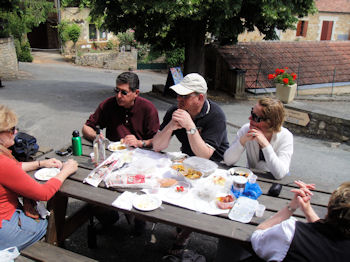
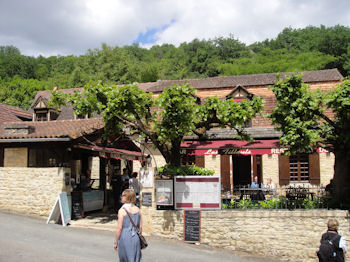
The Daily Diary of a Wandering Restaurateur
Climbing Castelnaud


First things first: We spread out all the goodies we picked up at
the St. Cyprien market -- seafood paella, roast duck and potatoes, quiche, strawberries,
bread, wine and whatever -- and enjoyed an impromptu picnic at the top of the village under
the castle to celebrate Heidi's birthday.
Last things last: After 90 minutes of
serious climbing up, down and around the castle, we were ready to settle in under a tree on
a sun-dappled patio and relax with a cold Belgian beer! Sometimes nothing else quite hits
the spot!
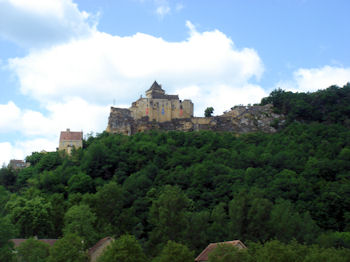
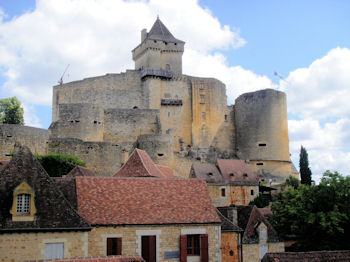
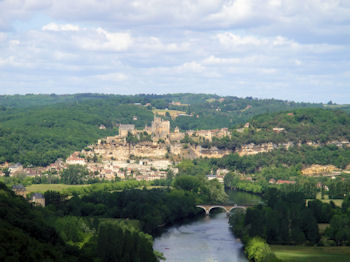
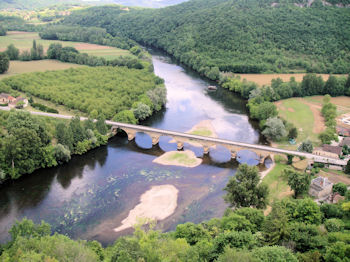
There are five castles along a fairly short stretch of the Dordogne River, most connected in one way or another to the Hundred Years' War between France and England (1337-1442). For most of that time, the French occupied Chateau de Beynac, the English set up across the river in Chateau de Castlenaud. Castelnaud changed hands seven times until the French finally prevailed.
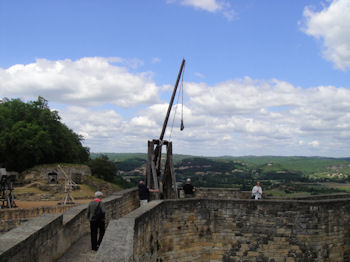
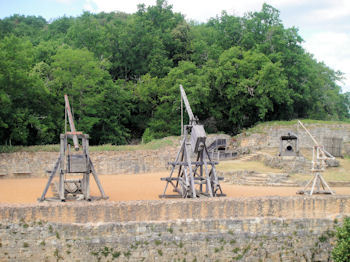
How would you throw rocks at an enemy in a stone fort? With a huge
seige machine called a trebuchet. These fearsome machines could hurl a 200-pound rock quite
a distance.
Why would you do something like that when the outer walls of the castles
were so thick? If you hit the wall of a fortress enough times in the same general area,
eventually you could open a hole large enough that your forces could charge through and
capture the place.
This plan worked so well that often just wheeling a large
trebuchet up to the walls could cause a castle to surrender without a shot being fired ...
or slung.
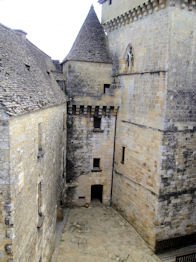
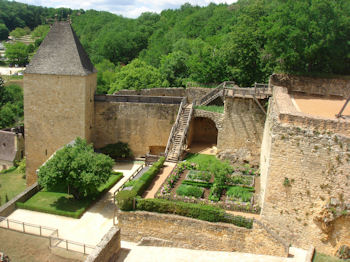
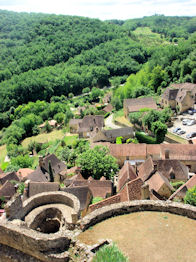
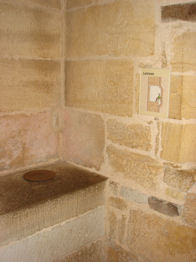
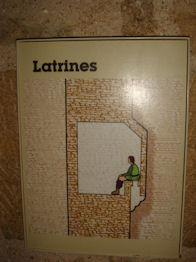
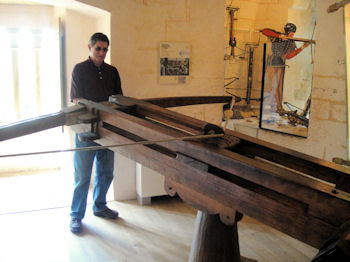
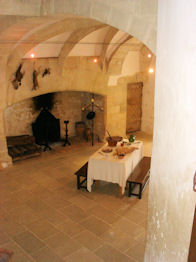
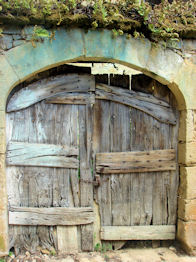
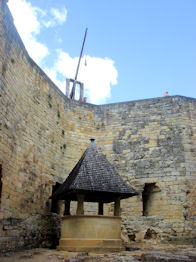
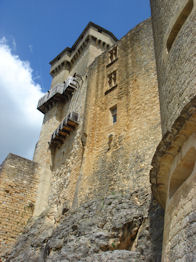
Castelnaud was expanded many times since its first structure was
built at the start of the 13th century. As a result, it is a veritable maze inside with a
LOT of climbing up steep, narrow winding stone staircases. This is after you have climbed a
steep hill to get to the castle in the first place! The restoration has been extensive,
though, and the interior displays and video presentations do a good job of telling the story
of what life was like back in the day.
Over the years the castle had fallen into ruin,
at one point being used more like a stone quarry to provide building material for projects
along the river. (Pry them loose and send them tumbling down the hill directly into the work
site!)
Fortunately, a government restoration program and a wealthy new owner with a
sense of history intervened to stop the decline and start the rebuilding process. There is
still a lot of work to be done but I am grateful for their foresight in saving this bit of
history so the rest of us could share in it.
© 2011 Restaurant Doctor